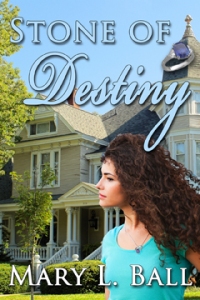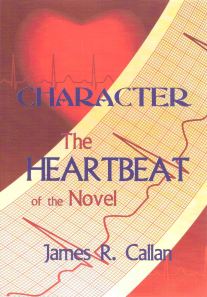by Mary L. Ball
For seasoned authors, this list will be a walk down memory lane. To a time when you stood at the door and took that first step inside writing room 101.Every writer has a beginning. For some, it may be early. For others, they develop the love of scribing in later years. What may seem elementary to you, may not be clear to writers who are new to the craft.
To the new writer still mastering the art, perhaps these guidelines will clarify what makes a manuscript flow into a novel.
Each character has a personality. Don’t only focus on the main heroine, but also all other individuals in your story. How would you act or think if you were them?
Use caution with narration. Let the plot unfold with the characters as much as you can. Descriptions and circumstance scenes are a must, but use them wisely, letting the story happen one page at a time.
Perfect grammar is fine, but we don’t all talk proper English. Let your characters have a normal speech, loosen up the vocabulary. Take the time frame, the education of the character and their heritage into account.
Show and tell was a school game, and it’s still a pastime in fiction writing. Be careful not to tell the reader about the characters, but let them speak for themselves. Show the reader the character’s faults, body shapes or actions, without explaining them.
Remember who, what and where. In the scene, try to make sure all questions have been answered.
These are a few simple tips that every writer desires to focus on. Sometimes, we get caught up in the plot, and often assume that because we know why the heroine is doing something, the reader will. As much as possible, step back from the page and ask yourself, “If I’m reading, unaware of where the story is going, will I understand this paragraph?”
Stone of Destiny
Taylor has given up on everything but her work. After becoming the youngest CEO of Mugful’s Beverage Company, she believes life is complete–until her grandmother asks her to oversee the renovations of the family home, in addition to searching for a missing heirloom.
Her first contact with what she believes is an insignificant ring, lost for fifty years, sends her life spinning. Taylor experiences strange. Unexpected feelings surface that she doesn’t understand. Thoughts that should remain unspoken are voiced.
Taylor’s emotional journey begins, testing a heart as cold as the ring itself and forcing her to question everything she believes.
Is this a fairytale, or simply her soul reaching out for a different world–a life she can only find through faith and a divine trust in God?
Amazon
Barnes & Noble
Author Bio:
Mary L. Ball writes Christian fiction novels blended with romance. She lives in North Carolina and weaves together stories that she hopes, will encourage people to see the wonder of love and a divine guidance that often lies dormant, waiting to be found.
When Mary’s not working on her latest story, she enjoys fishing, reading, hiking and singing with her husband at church and other places.
Readers can connect with her on Facebook and Twitter.













